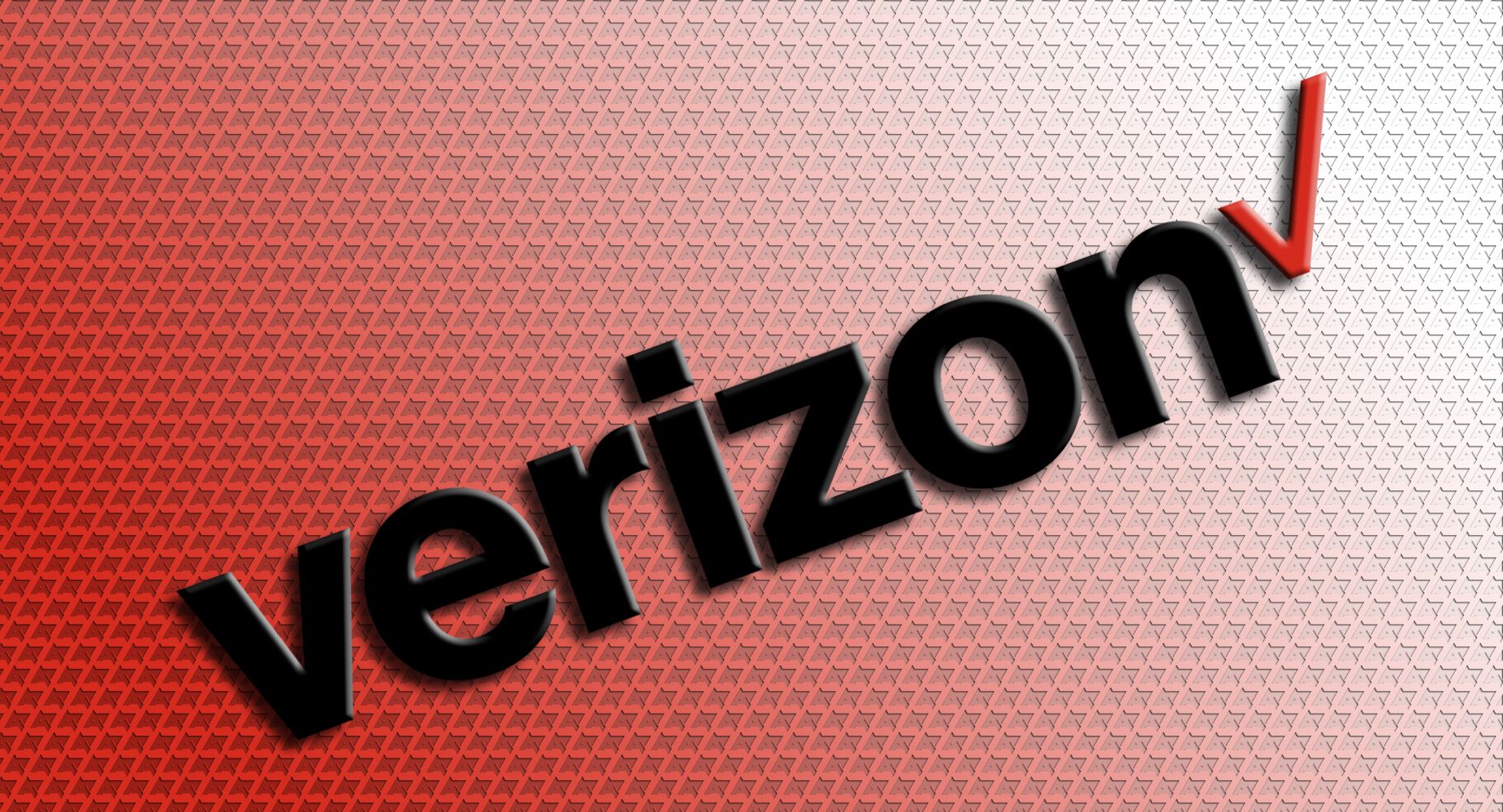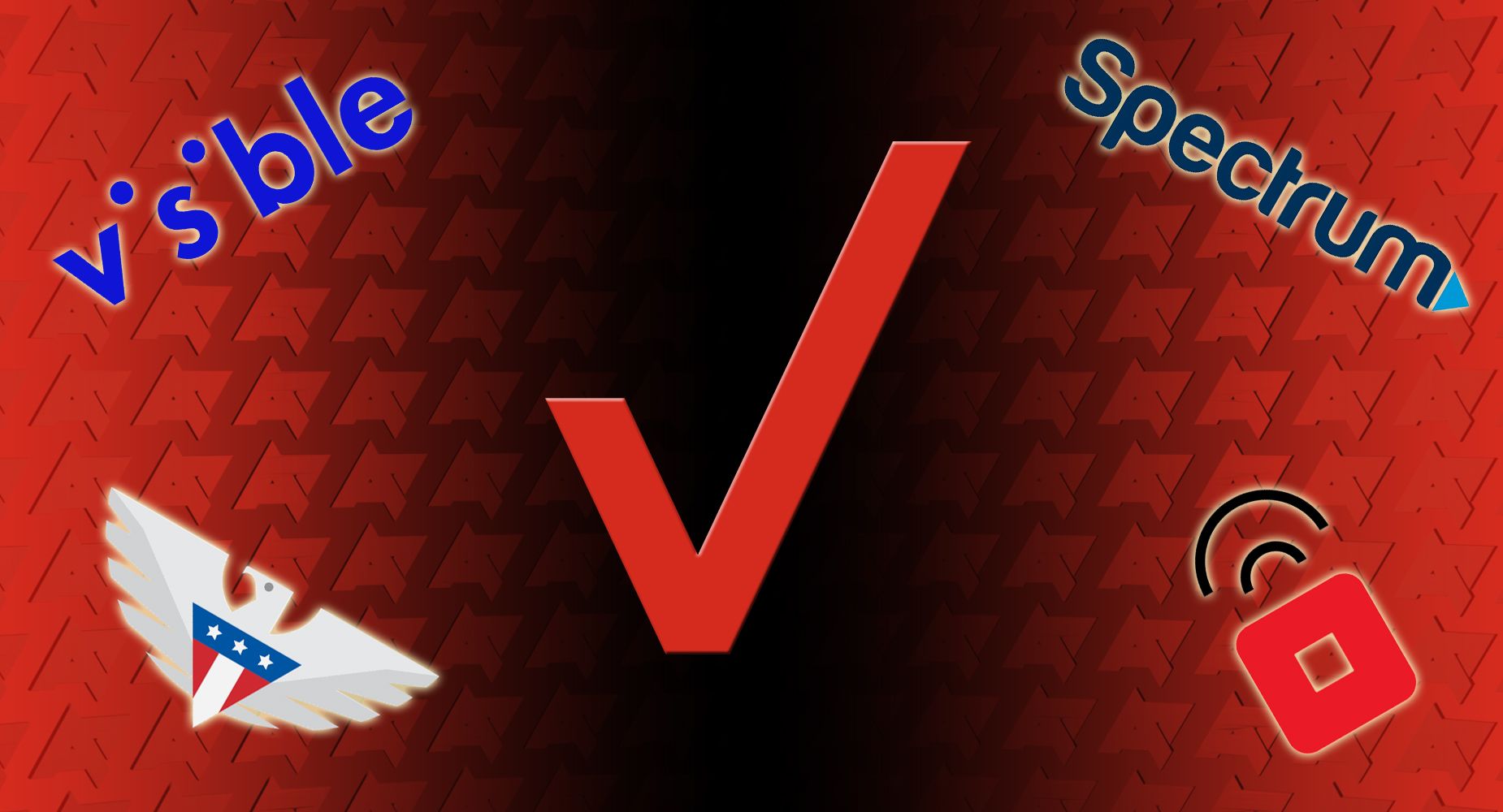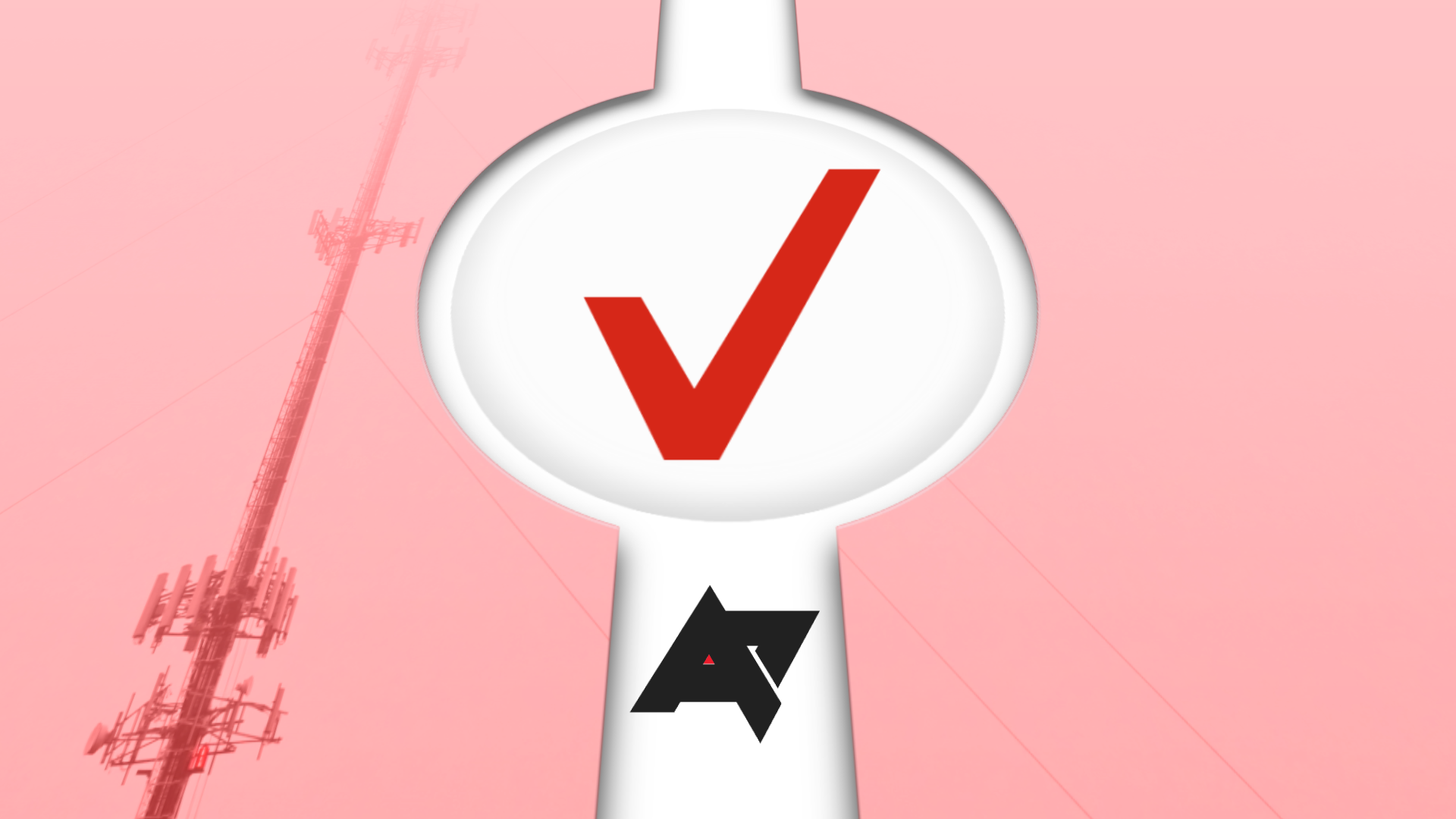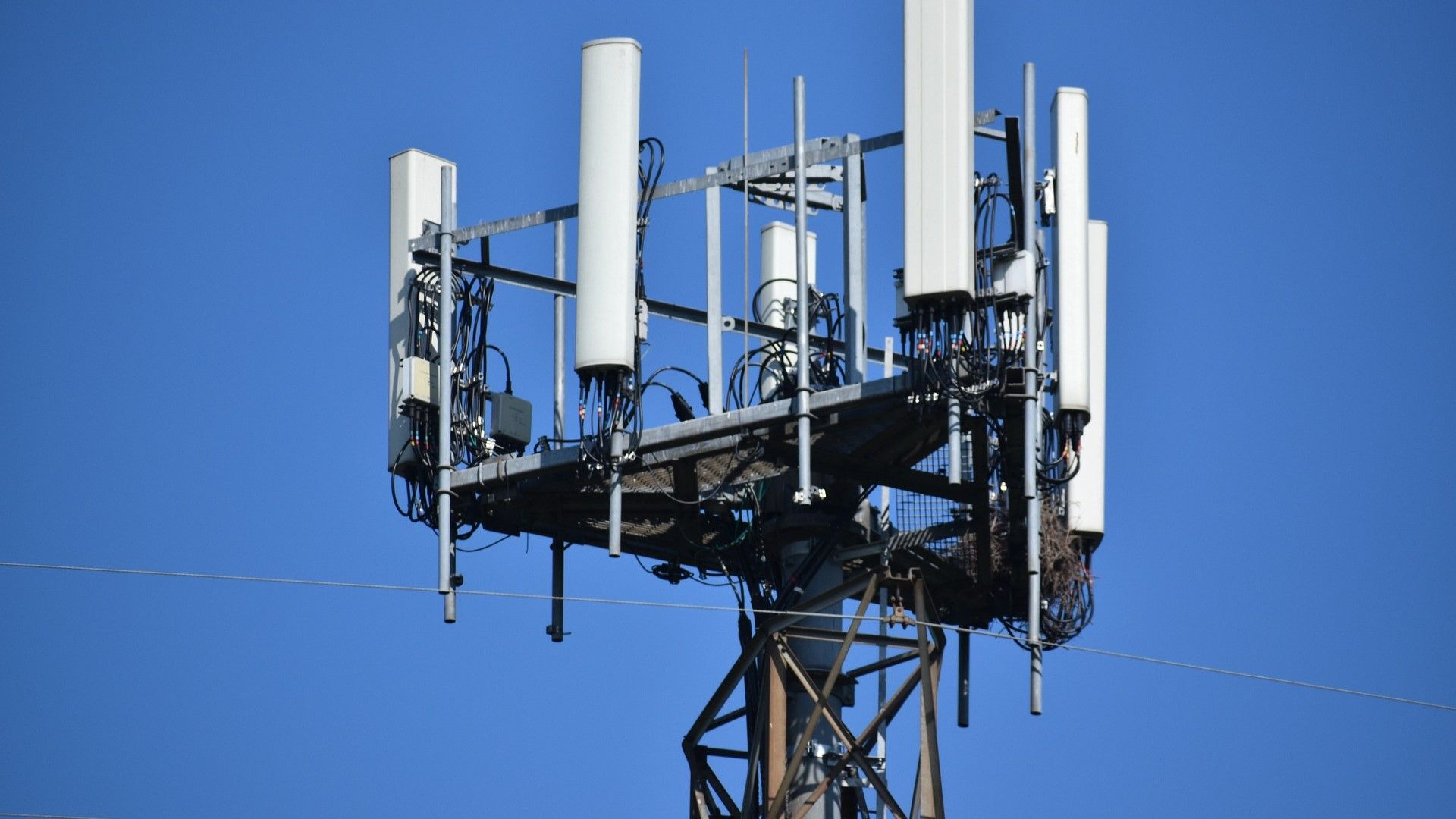Verizon Wireless is one of the leading companies when it comes to mobile networks. It has been around for many years and is constantly working on improving and expanding its network infrastructure. It is also known to be one of the earliest wireless carriers to officially launch a commercial 5G network, which you can use on any Android-based Verizon phone. This guide offers a brief history of Verizon Wireless, what networking bands it uses, and how to contact its customer service team.
How did Verizon Wireless get its name?
The company we now know as Verizon Wireless came from one of the largest mergers in US history. Bell Atlantic and GTE, two telecommunications entities, merged in June 2000. The company they formed was Verizon Communications. By combining its wireless operations into a single entity, it also took on the new name of Verizon Wireless. As a result of this merger between Bell Atlantic and GTE, Verizon Wireless became the largest US wireless carrier at that time. Leading the way forward today, it continues to grow its subscriber base and build out its 5G network.
How many subscribers does Verizon have today?
It can be tricky to pinpoint an exact subscriber number for any wireless carrier, but Verizon is one of the three major US wireless carriers. As of the latest numbers for 2024, Verizon Wireless appears to have around 143.3 million active wireless retail connections.
Which 4G LTE and 5G bands does Verizon support?
As one of the largest wireless carriers in the US, Verizon supports many of the commonly used 4G LTE and 5G bands for its network infrastructure. Bands with lower frequencies offer more distance at the cost of speed, which is better for coverage. At the same time, higher frequencies provide less distance with more speed, which is perfect for streaming. Mid-range frequencies that meet in the middle (like C-Band 5G) provide a balance of coverage and speed.
The section below lists which bands Verizon uses and the frequencies they operate within.
The most common 4G LTE bands Verizon uses
- Band 2 (1900 MHz)
- Band 4 (1700/2100 MHz)
- Band 5 (850 MHz)
- Band 13 (700 MHz)
- Band 66 (1700/2100 MHz)
These are the general 5G bands Verizon uses
- Low-band (around 850 MHz)
- Mid-band or C-Band (3.7 GHz to 3.98 GHz)
- mmWave (24 GHz to 53 GHz)
These are more specific 5G bands Verizon uses
Low-band 5G:
- n2 (1900 MHz)
- n5 (850 MHz)
- n71 (600 MHz)
Mid-band 5G:
- n41 (2500 MHz)
- n77 or C-Band (3700 MHz)
mmWave 5G:
- n260 (37 GHz to 40 GHz)
- n261 (27.5 GHz to 28.35 GHz)
- n257 (26.5 GHz to 29.5 GHz)
- n258 (24.25 GHz to 27.5 GHz)
How can you contact Verizon customer service?
Verizon’s central online customer service hub is the first location you should head to when trying to reach customer support. If you dig deeper, you’ll find finer details, like custom service phone numbers, allowing you to contact Verizon directly. One thing it doesn’t appear to do anymore is provide customer service via email.
In the sections below, we go over how to contact Verizon’s customer service team if you have questions about your account.

How to find your Verizon account number
Your Verizon account number comes in handy in certain situations
Use the online customer service main hub
The customer service section on Verizon’s website requires you to select a topic and a sub-topic before it sends you to the appropriate location. You’ll only see the available customer service options after you select your topic or question.
For example, when you visit the main customer service hub, click Mobile > Billing and Payments > Billing Questions. From there, you’ll see the Chat with us, We’ll call you, or Call us options. Choosing the Chat with us option takes you to the Verizon Assistant chatbot for billing-related account issues. You can schedule a call or call customer service directly using one of the other two options.
Chat with the Verizon Assistant online chatbot
Suppose you want to chat with the Verizon Assistant chatbot. In that case, visit the main Verizon Support website. At the bottom of the page, under the Chat with us section, you’ll see the following options: Chat about Mobile, Chat about Fios Home, and Chat about 5G Home. Selecting one of these three options launches a general Verizon Assistant chatbot session where you can ask questions.
You can also choose from the popular topics it recommends to get started. This method is an excellent way to ask Verizon-related questions. But you can also say something like “Talk to a live representative” to be connected to a real person.
Call the general customer service phone number
Verizon’s online customer service hub directs you to specific customer service sections based on your selected options. There may be various phone numbers for different purposes, like billing or troubleshooting device questions. Also, Verizon’s services have different phone numbers, which can add confusion about which one to use.
However, a general customer service number you can typically rely on for Verizon is 1-800-922-0204. You should be redirected or have your questions answered directly by calling that number.
Alternatively, if you have a question about your Verizon Prepaid account, call 1-888-294-6804. This is a separate and specific customer service number dedicated to Verizon Prepaid accounts.
Use their social media channels for quick response times
There is another direct way to contact Verizon that doesn’t involve using a chatbot or talking on the phone. Reach out to their social media channels if you prefer to go that route. You can contact Verizon on Facebook Messenger, as it indicates they are likely to respond within minutes. Using Verizon Support on X (formerly Twitter) is another reliable method if you are on that platform. They are also very likely to respond to your questions.
Which smaller wireless carriers rely on Verizon’s network?
Mobile Virtual Network Operators (MVNOs) are wireless carriers that don’t own or operate a specific network. These smaller wireless carriers lease cellular towers from larger carriers like Verizon. This allows them to offer cheaper phone plans and other unique features since they don’t maintain the network infrastructure.
Here are the biggest MVNOs that rely specifically on Verizon’s network:
- Visible
- Xfinity Mobile
- Total Wireless
- Straight Talk
- Spectrum Mobile
- Tracfone
- Ting
- US Mobile

Nearly every MVNO and prepaid carrier that uses Verizon’s network
For those that love the Verizon network but are sick of long-term contracts
Verizon is still one of the leading mobile wireless carriers
Verizon Wireless was started due to one of the largest company mergers the US had seen up until then. It pushed the boundaries with mmWave 5G as one of the first to do so and shows no signs of slowing down even today. Its C-Band 5G fills the gaps in coverage that mmWave can’t cover alone due to its operating frequencies. As Verizon builds its network infrastructure now and into the future, it will still likely be one of the biggest names in the wireless industry.






